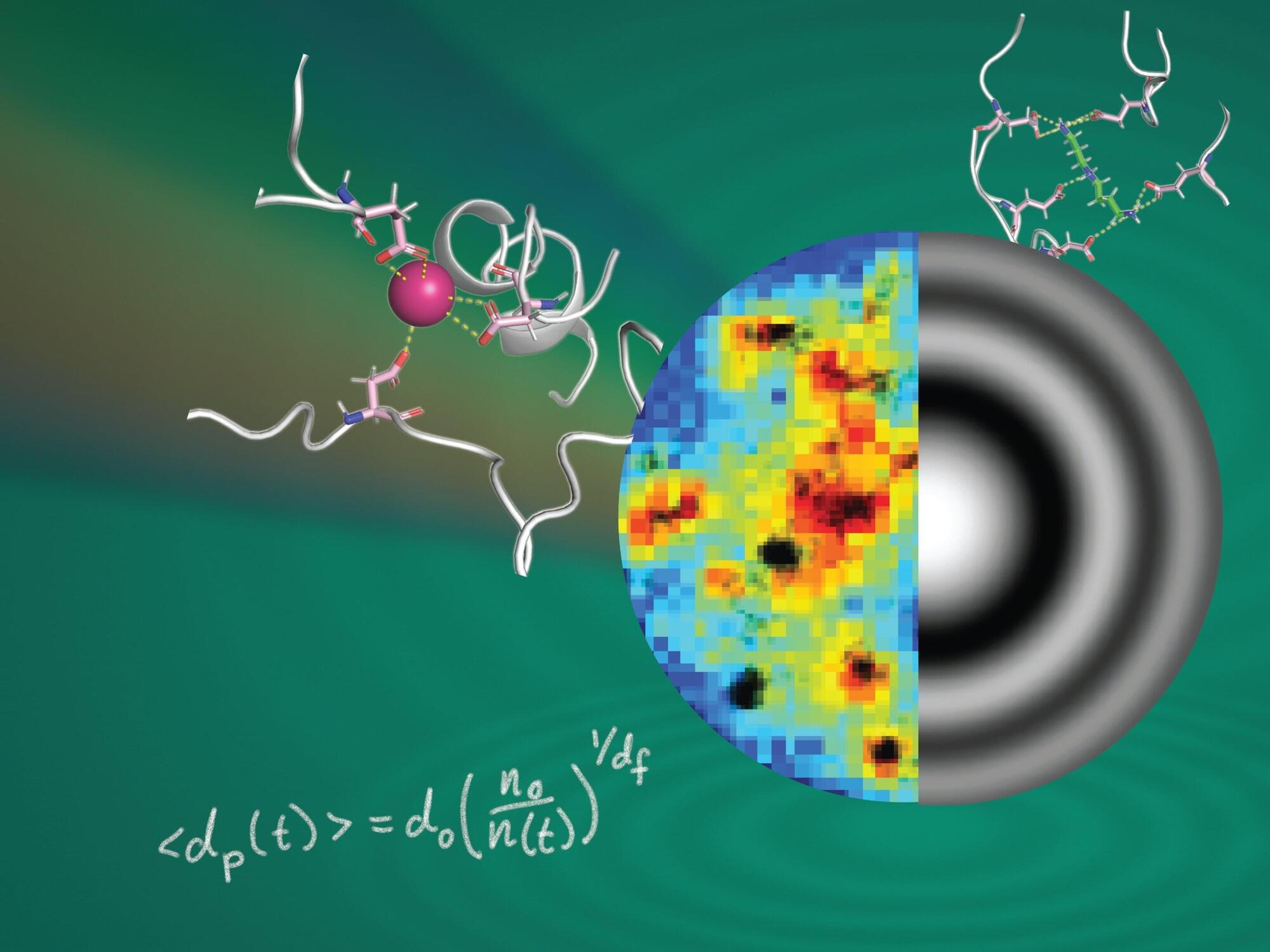A team of researchers has finally detected hidden magnetism in non-magnetic metals using only laser light—solving a 150-year mystery.


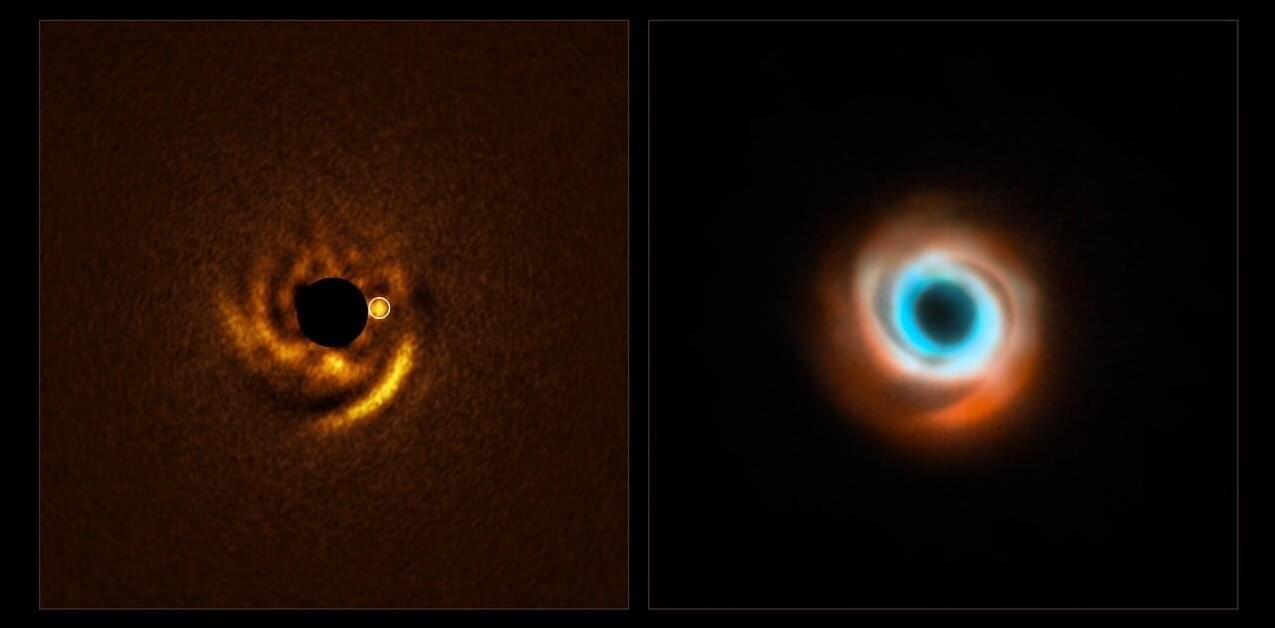
Astronomers may have caught a still-forming planet in action, carving out an intricate pattern in the gas and dust that surrounds its young host star. Using ESO’s Very Large Telescope (VLT), they observed a planetary disk with prominent spiral arms, finding clear signs of a planet nestled in its inner regions. This is the first time astronomers have detected a planet candidate embedded inside a disk spiral.
“We will never witness the formation of Earth, but here, around a young star 440 light-years away, we may be watching a planet come into existence in real time,” says Francesco Maio, a doctoral researcher at the University of Florence, Italy, and lead author of this study, published in Astronomy & Astrophysics.
The potential planet-in-the-making was detected around the star HD 135344B, within a disk of gas and dust around it called a protoplanetary disk. The budding planet is estimated to be twice the size of Jupiter and as far from its host star as Neptune is from the sun. It has been observed shaping its surroundings within the protoplanetary disk as it grows into a fully formed planet.
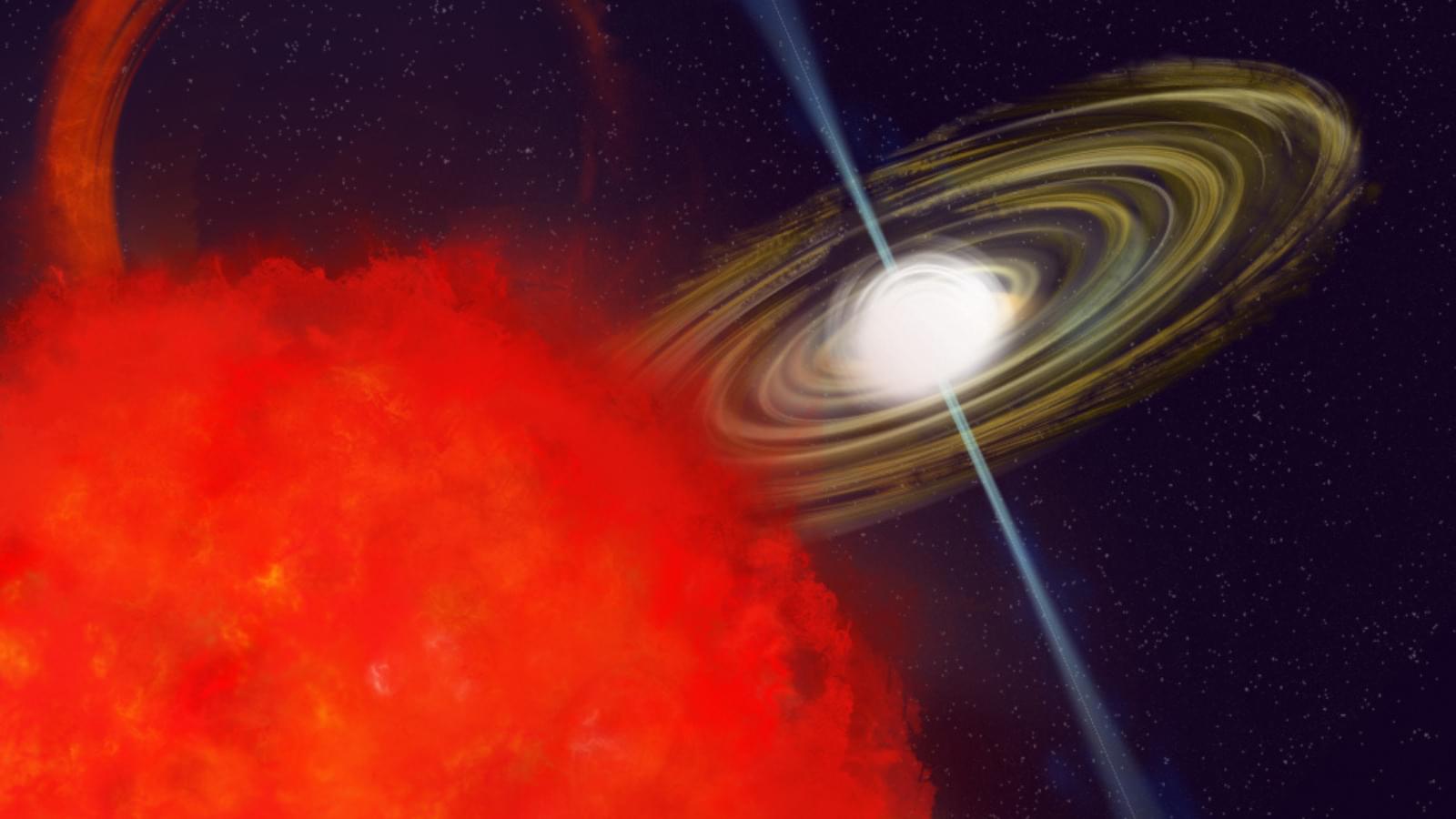
That implies the radio wave blasts of CHIME J1634+44 are being generated in a way that is unique for this dead star.
What is also weird about these pulses is the fact that they arrive in pairs, but only when the dead star in the CHIME J1634+44 binary has spun several times without emitting a burst.
“The time between pulse pairs seems to follow a choreographed pattern,” team member and ASTRON astronomer Harish Vedantham said in a statement. “We think the pattern holds crucial information about how the companion triggers the white dwarf to emit radio waves.
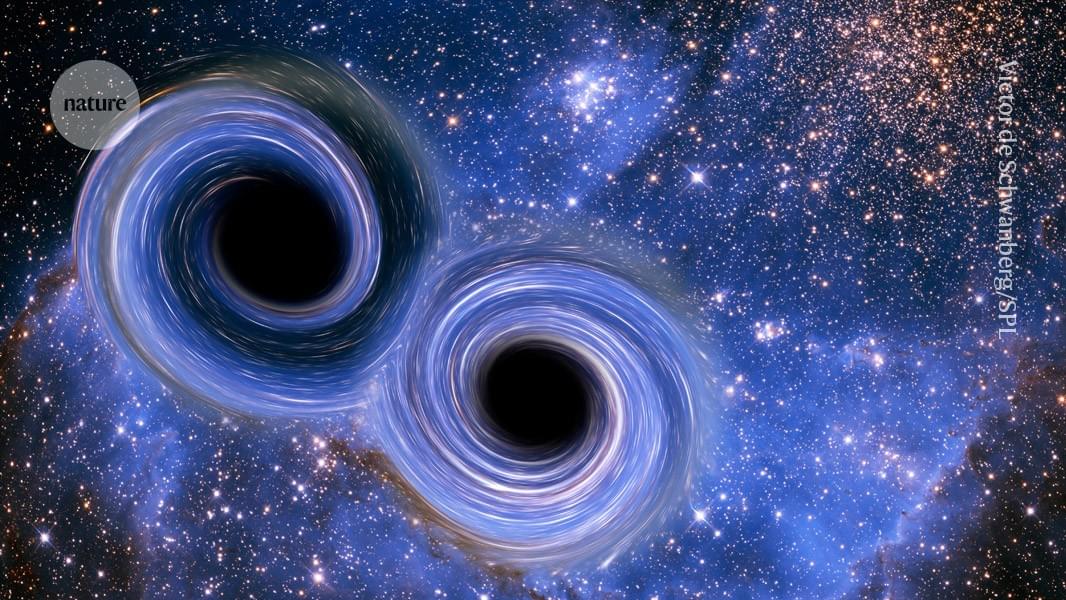
Physicists have detected the biggest ever merger of colliding black holes. The discovery has major implications for researchers’ understanding of how such bodies grow in the Universe.
“It’s super exciting,” says Priyamvada Natarajan, a theoretical astrophysicist at Yale University in New Haven, Connecticut, who was not involved in the research. The merger was between black holes with masses too big for physicists to easily explain. “We’re seeing these forbidden high-mass black holes,” she says.
The discovery was made by the Laser Interferometer Gravitational-Wave Observatory (LIGO), a facility involving two detectors in the United States. It comes at a time when US funding for gravitational-wave detection faces devastating cuts. The results, released as a preprint on the arXiv server1, were presented at the GR-Amaldi gravitational-waves meeting in Glasgow, UK, on 14 July.
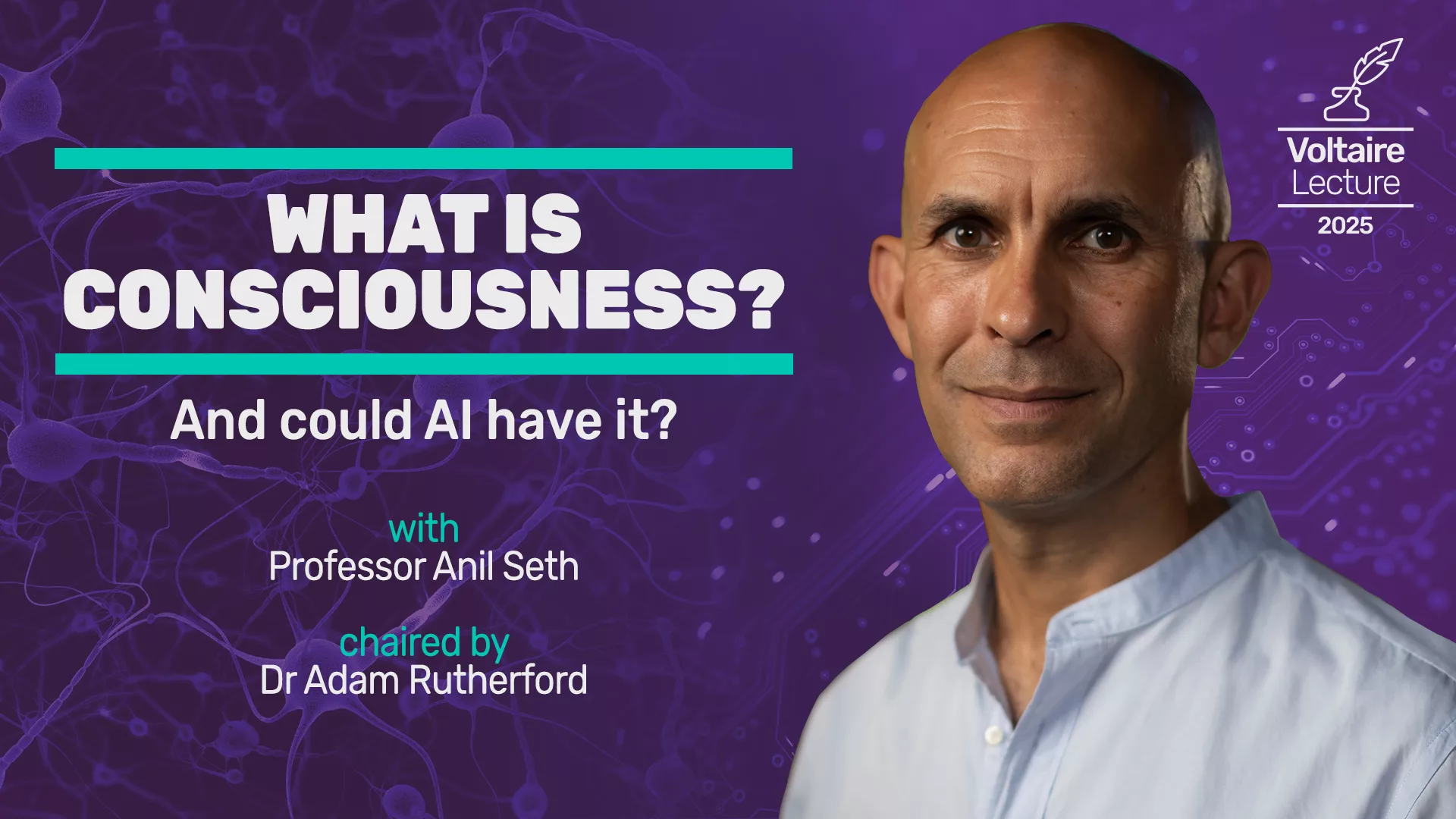
In the Voltaire Lecture 2025, Professor Anil Seth will set out an approach to understanding consciousness which, rather than trying to solve the mystery head-on, tries to dissolve it by building explanatory bridges from physics and biology to experience and function. In this view, conscious experiences of the world around us, and of being a ‘self’ within that world, can be understood in terms of perceptual predictions that are deeply rooted in a fundamental biological imperative – the desire to stay alive.
At this event, Professor Seth will explore how widely distributed beyond human beings consciousness may be, with a particular focus on AI. He will consider whether consciousness might depend not just on ‘information processing’, but on properties unique to living, biological organisms, before ending with an exploration of the ethical implications of an artificial intelligence that is either actually conscious – or can convincingly pretend to be.


Researchers from the University of Tokyo in collaboration with Aisin Corporation have demonstrated that universal scaling laws, which describe how the properties of a system change with size and scale, apply to deep neural networks that exhibit absorbing phase transition behavior, a phenomenon typically observed in physical systems. The discovery not only provides a framework describing deep neural networks but also helps predict their trainability or generalizability. The findings were published in the journal Physical Review Research.
In recent years, it seems no matter where we look, we come across artificial intelligence in one form or another. The current version of the technology is powered by deep neural networks: numerous layers of digital “neurons” with weighted connections between them. The network learns by modifying the weights between the “neurons” until it produces the correct output. However, a unified theory describing how the signal propagates between the layers of neurons in the system has eluded scientists so far.
“Our research was motivated by two drivers,” says Keiichi Tamai, the first author. “Partially by industrial needs as brute-force tuning of these massive models takes a toll on the environment. But there was a second, deeper pursuit: the scientific understanding of the physics of intelligence itself.”
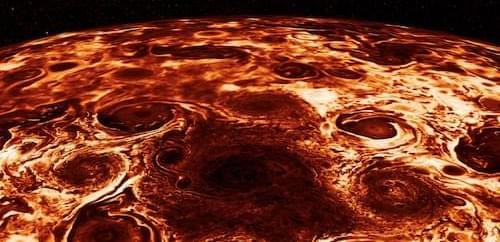
A spacecraft observes a new oscillation mode in the low-density plasma.
The Juno space probe has spent the past nine years observing Jupiter and its moons. As the spacecraft’s mission draws to a close, the precession of its orbit has caused its closest approach to the gas giant to shift toward the north pole, enabling it to uncover a surprise: an unusual pattern of plasma waves in the planet’s magnetosphere. Now Robert Lysak of the University of Minnesota and his colleagues describe these waves and propose a mechanism for generating them [1]. Their theory offers a new component to include in planetary magnetosphere models and opens a new plasma regime to further exploration.
According to textbook plasma physics, collective waves of electrons in a plasma called Langmuir waves tend to oscillate parallel to magnetic-field lines at a so-called plasma frequency that’s much greater than the ions’ angular frequency around these field lines, their gyrofrequency. Meanwhile, ions tend to oscillate perpendicular to magnetic-field lines as Alfvén waves, with an upper frequency limit corresponding to the ion gyrofrequency. The waves detected by Juno, however, departed from that paradigm: The Alfven waves’ frequency extended only to the plasma frequency, which was less than the ion gyrofrequency. And the waves’ frequency never exceeded the plasma frequency.
